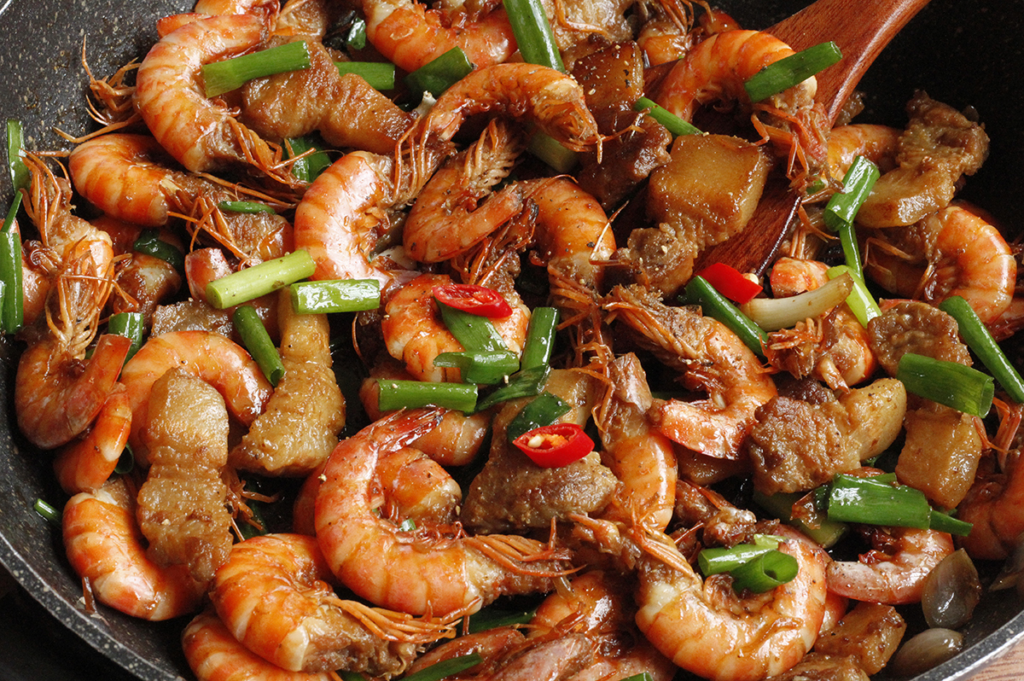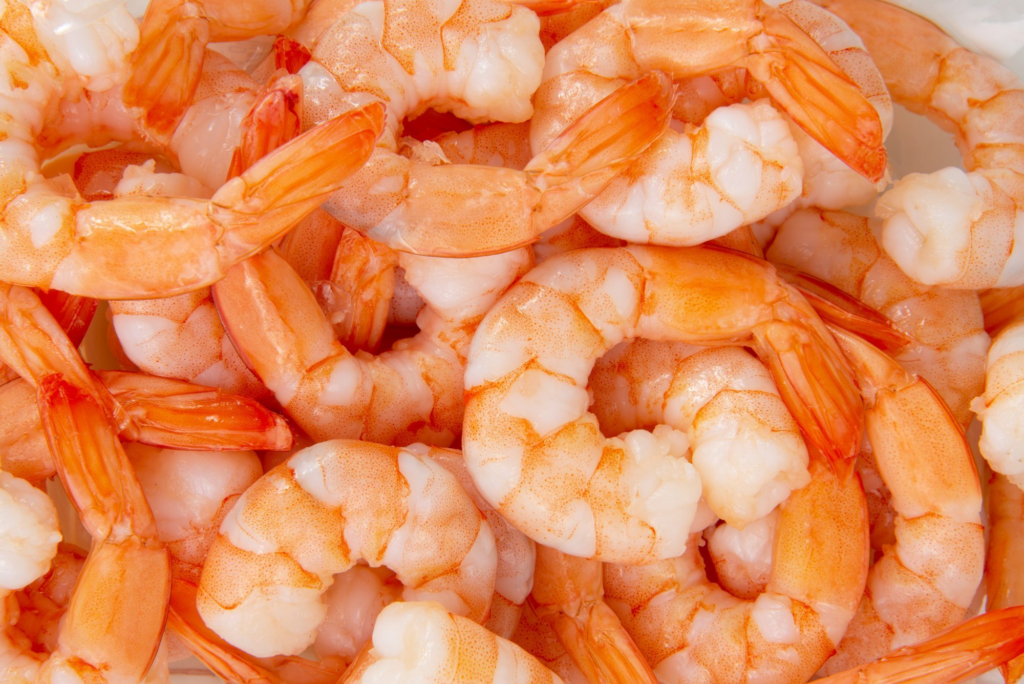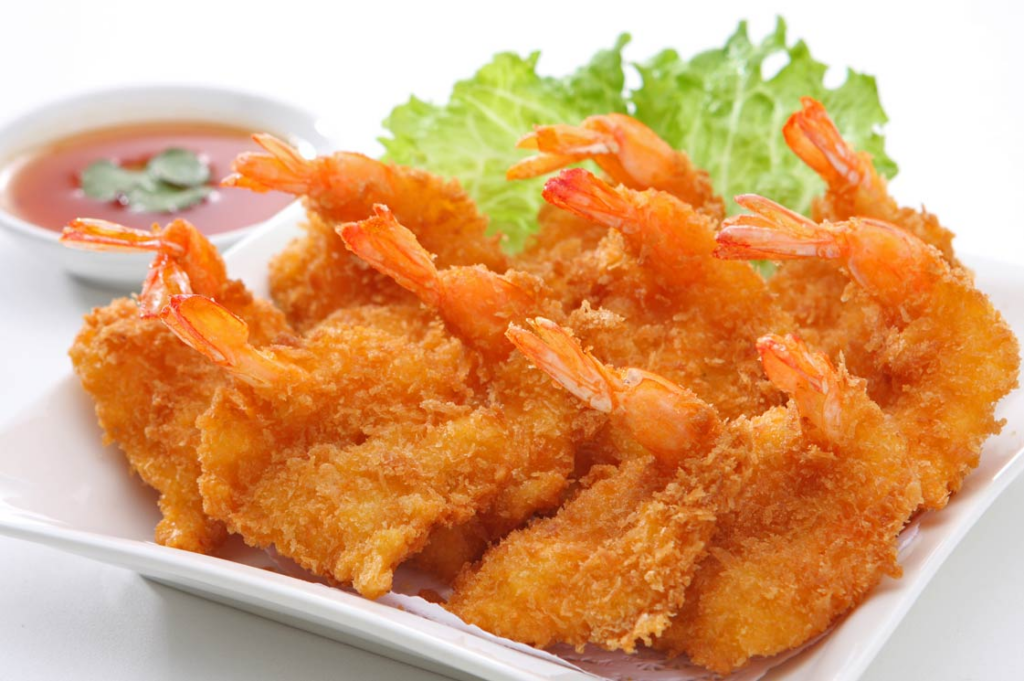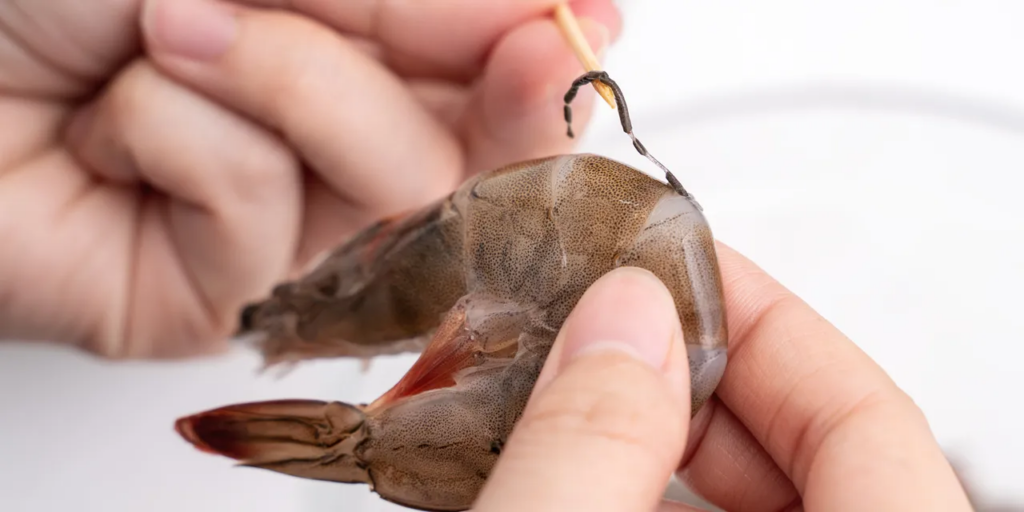Shrimp is a versatile and delicious seafood that finds its way into a variety of culinary creations. As you indulge in this tasty delicacy, you may wonder, “Can you eat shrimp tails?” It’s a common question among seafood enthusiasts. In this article, we dive deep into the topic of consuming shrimp tails, covering everything from their edibility to health benefits and recipes that showcase their unique flavors. So, let’s embark on a flavorful journey to explore the world of shrimp tails.
Can You Eat Shrimp Tails?

The first question that arises is whether it is safe to consume shrimp tails. The answer is both yes and no, depending on the context. While shrimp tails are technically edible, they are generally not consumed in most culinary traditions. In many cultures, the tail is removed before cooking or serving shrimp dishes. However, some individuals do choose to eat the tails, especially when the shrimp is prepared in specific ways.
Can You Eat Cooked Shrimp Tails?
Cooking shrimp can alter the texture and taste of the tails. When shrimp is cooked, the tails become more brittle and less palatable. While it is possible to eat cooked shrimp tails, they are not as enjoyable as when the shrimp is consumed without the tail. Therefore, most culinary traditions and recipes call for the removal of the tail before cooking or serving shrimp.
Prawns, which are often confused with shrimp, present a similar scenario. Prawn tails are also technically edible, but they are typically removed before cooking or serving. Like shrimp tails, prawn tails can be tough and detract from the overall dining experience. It’s common practice to remove the tails to ensure optimal enjoyment of prawns.
Is It Good To Eat Shrimp Tails?
Shrimp tails are not only tasty but also offer nutritional benefits. They are an excellent source of protein, low in fat, and rich in vitamins and minerals. Shrimp tails contain omega-3 fatty acids, which are beneficial for heart health. Additionally, they provide essential nutrients like vitamin B12, selenium, and iodine. Including shrimp tails in your diet can contribute to a well-rounded and nutritious eating plan.
Vietnamese Dishes You Can Eat Shrimp Tails
There are various methods to cook shrimp tails, each offering a unique taste and texture. Here are a few popular cooking techniques and tantalizing recipes to inspire your culinary adventures:
Grilled Lemongrass Shrimp (Tôm Nướng Sả)
Succulent shrimp marinated in a fragrant blend of lemongrass, garlic, and spices, then grilled to perfection. The tender shrimp can be enjoyed with their flavorful tails and shells.
Sautéed Shrimp (Tôm rang)

Shrimp cooked in a sizzling pan with garlic, butter, and a touch of seasoning, resulting in juicy and savory bites. The crispy shells and tails provide an extra crunch and flavor.
Deep-Fried Shrimp Cakes (Bánh tôm chiên)

Crispy and golden-brown shrimp cakes made from a mixture of minced shrimp and batter, with the option to eat the whole shrimp cake, including the tail, for a delightful combination of textures.
Health Considerations for Eating Shrimp Tails

While shrimp tails offer culinary pleasures and nutritional benefits, it’s essential to consider certain health factors before indulging in them.
Allergies and Sensitivities
Some individuals may be allergic or sensitive to shellfish, including shrimp. If you have a known shellfish allergy or experience any adverse reactions after consuming shrimp, it’s crucial to avoid eating the tails or any part of the shrimp.
Raw Shrimp Tails: A Risky Choice
Consuming raw or undercooked shrimp tails can pose health risks. Raw shrimp may contain harmful bacteria, viruses, or parasites that can cause foodborne illnesses. To ensure safety, always cook shrimp tails thoroughly until they reach an internal temperature of 145°F (63°C).
Cooking Tips for Shrimp Tails
When do you eat shrimp tails? The best way to eat shrimp tails when you deep fry them. Deep frying shrimp tails (tôm chiên) can result in a crispy and enjoyable texture. Here’s a simple recipe to deep fry shrimp tails:

Ingredients:
- Shrimp with tails
- All-purpose flour
- Salt and pepper
- Oil for frying
Instructions:
- Start by cleaning and deveining the shrimp, leaving the tails intact.
- In a bowl, combine all-purpose flour with salt and pepper to taste.
- Coat the shrimp tails in the flour mixture, ensuring they are fully coated.
- Heat oil in a deep fryer or a deep pan to around 350°F (175°C).
- Carefully place the coated shrimp tails into the hot oil, ensuring not to overcrowd the pan.
- Fry the shrimp tails for approximately 2-3 minutes or until they turn golden brown and crispy.
- Use a slotted spoon or tongs to remove the fried shrimp tails from the oil and transfer them to a paper towel-lined plate to drain excess oil.
- Allow the shrimp tails to cool slightly before serving.
Deep-fried shrimp tails can be served as a crispy appetizer or as a garnish for various dishes. They add a crunchy texture and enhance the overall flavor of the shrimp. Remember to exercise caution when deep frying to avoid any accidents and to ensure the shrimp tails are cooked through.
Other Parts of Shrimp You Shouldn’t Eat

While the debate around eating shrimp tails continues, there are other parts of the shrimp that are generally not recommended for consumption. Here are some of the shrimp parts you should avoid eating:
- Shrimp Shells: The truth is that calcium in shrimp shells is almost non-existent or present in very minimal amounts. Shrimp shells are hard due to their main component, chitin, a polymer that forms the protective outer layer for most crustaceans. The main source of calcium in shrimp comes from the meat, not the shells. Therefore, it is not advisable to consume the shells.
- Shrimp Heads: The heads of shrimp are the parts that contain waste material and can accumulate heavy metals such as arsenic. For pregnant women, the toxicity of heavy metals like arsenic can be particularly harmful, potentially leading to fetal abnormalities or miscarriage. It is important to properly clean and remove the heads of larger shrimp to ensure safety.
- Intestinal Tract (Black Vein): The black vein or dark line along the back of a shrimp is the intestinal tract. While it is not harmful to consume, many people prefer to remove it for aesthetic reasons. Additionally, the vein may contain the remnants of the shrimp’s digestive system, which some find unappetizing. Proper cleaning involves deveining the shrimp by making a shallow incision along its back and removing the dark vein.
- Antennae and Legs: The antennae and legs of shrimp are not typically consumed and are often discarded before cooking or serving. These parts are mainly used for sensory purposes and locomotion, and their texture and flavor may not be appealing in culinary preparations.
Read also: Is Shrimp Meat?
FAQs
Can you eat shrimp tails in sushi?
While sushi often features shrimp, it is more common to remove the tails before incorporating them into sushi rolls or nigiri. The tails may be used for garnishing or as a decorative element, but they are typically not intended for consumption.
Can I eat the tails of all shrimp species?
The tails of most shrimp species are edible and safe to consume. However, some larger species may have tougher tails that are less enjoyable to eat. It’s always best to consult local culinary traditions or recipes to determine the preferred approach for each shrimp species.
Are there any creative uses for shrimp tails other than cooking?
Shrimp tails can be repurposed for various non-edible uses. They are sometimes used in crafting, as decorative elements, or as compost for gardening. However, ensure the tails are thoroughly cleaned and free from any sauces or seasonings before repurposing them.
How should I store shrimp tails to maintain their freshness?
To preserve the freshness of shrimp tails, store them in a sealed container or airtight bag in the refrigerator. Consume them within two days to ensure optimal taste and quality.
Is it bad to eat shrimp tails?
Eating shrimp tails is not necessarily bad for your health, but they can be tough and slightly bitter, detracting from the overall dining experience.
What happens if you eat shrimp tails?
Consuming shrimp tails poses no significant health risks, but the experience may be less enjoyable due to their texture and taste.
Conclusion
The answer to the question “Can you eat shrimp tails?” is a resounding yes. Shrimp tails have a crunchy texture that can add an interesting element to a dish. Some people enjoy the added texture and flavor that comes from eating the entire shrimp, including the tail.
However, it’s important to note that the tail can be tough and slightly bitter, which is why many people prefer to remove it before consuming the shrimp. Ultimately, whether or not you eat the tail is a matter of personal preference.